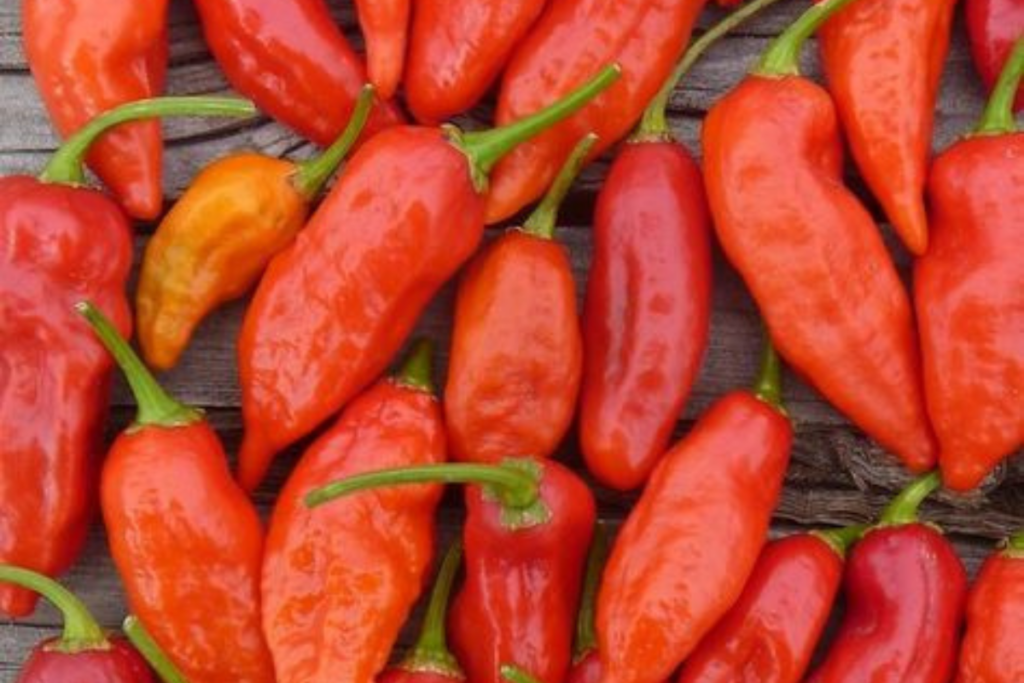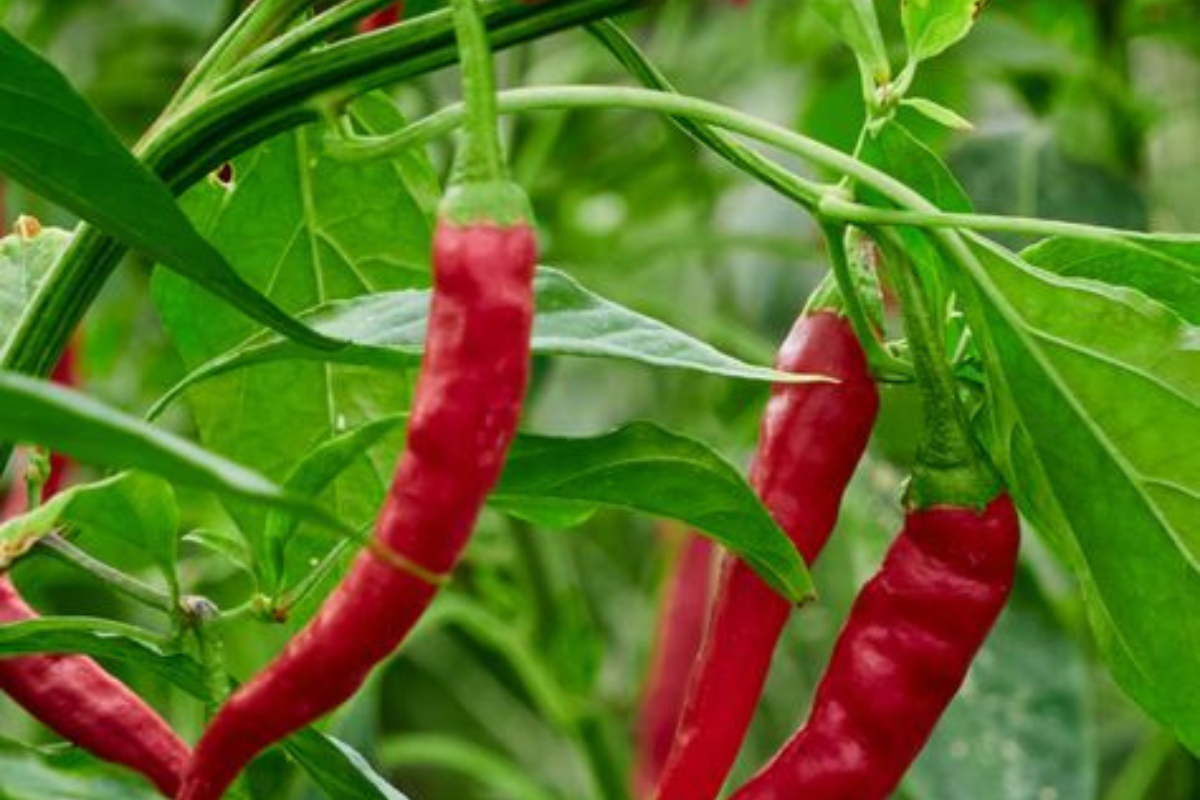Growing peppers can be a rewarding experience, bringing vibrant flavors and colors to your garden and kitchen. To cultivate healthy, productive pepper plants, focus on two critical practices: using an organic fertilizer and applying strategic pruning techniques. This guide explores how to make an effective oatmeal-based fertilizer and outlines pruning methods to maximize your plants’ growth and fruit yield.
Homemade Organic Oatmeal Fertilizer for Pepper Seedlings
Peppers thrive when given the right nutrients, and organic fertilizers provide an eco-friendly, cost-effective way to nourish them. One standout option is a homemade oatmeal fertilizer, which supports seedling growth and enriches the soil.
Ingredients:

- 1 cup of oatmeal
- 500 ml of water
- 1 tablespoon of sugar
Preparation:
- Blend the oatmeal and water until smooth.
- Pour the mixture into a jar and add the sugar.
- Cover the jar and let it ferment in a warm place for 2-3 days.
- Strain the mixture to separate the liquid.
- Dilute the concentrated liquid with water in a 1:5 ratio before use.
How to Use:
- Apply this solution directly to the soil at the base of pepper seedlings every 10-14 days.
- Benefits include improved root development, soil fertility, and the recovery of weak seedlings. This fertilizer also promotes sturdy growth and vibrant, healthy foliage.
Effective Pruning Techniques for Pepper Plants
Pruning plays a vital role in redirecting the plant’s energy from excessive foliage growth to fruit production. Proper pruning not only improves fruit quality but also reduces the risk of diseases caused by dense, overgrown foliage.
When to Prune:
Start pruning when the plant begins to fork and shows signs of flowering. Prune before the fruits begin to form for the best results.
How to Prune:
- Identify Main Forks: Focus on the primary branches where the plant divides.
- Remove Lower Foliage: Cut off leaves and small branches below these forks to ensure the plant directs its energy to fruiting.
- Thin Dense Growth: Remove crowded foliage to improve airflow and sunlight exposure.
Benefits of Pruning:
- Prevents fungal diseases caused by trapped moisture.
- Improves light penetration, ensuring better fruit development.
- Helps avoid nutritional stress by reducing unnecessary foliage.
Additional Tips for Thriving Pepper Plants
- Support Your Plants: Use stakes or trellises to prevent the plants from toppling over under the weight of their fruit.
- Maintain Garden Hygiene: Clear fallen leaves and debris around the plants to minimize pest infestations and fungal risks.
- Be Patient and Consistent: Healthy plants require regular care and attention. Monitor their growth and adjust your fertilization and pruning practices as needed.
By combining organic oatmeal fertilizer with effective pruning techniques, you can ensure your pepper plants thrive, yielding a bountiful harvest of flavorful peppers. These sustainable practices not only improve plant health but also contribute to eco-friendly gardening. With patience and care, your pepper plants will reward you with delicious produce to enhance your meals.
